August proved to be a relatively quiet month, which was welcome after a very active end of July.
We visited some local spots and took out annual passes for Parc Omega again.
We visited some local spots and took out annual passes for Parc Omega again.
Birds of Prey shows always catch our attention and a small show in Perth was no different.

Bald eagle
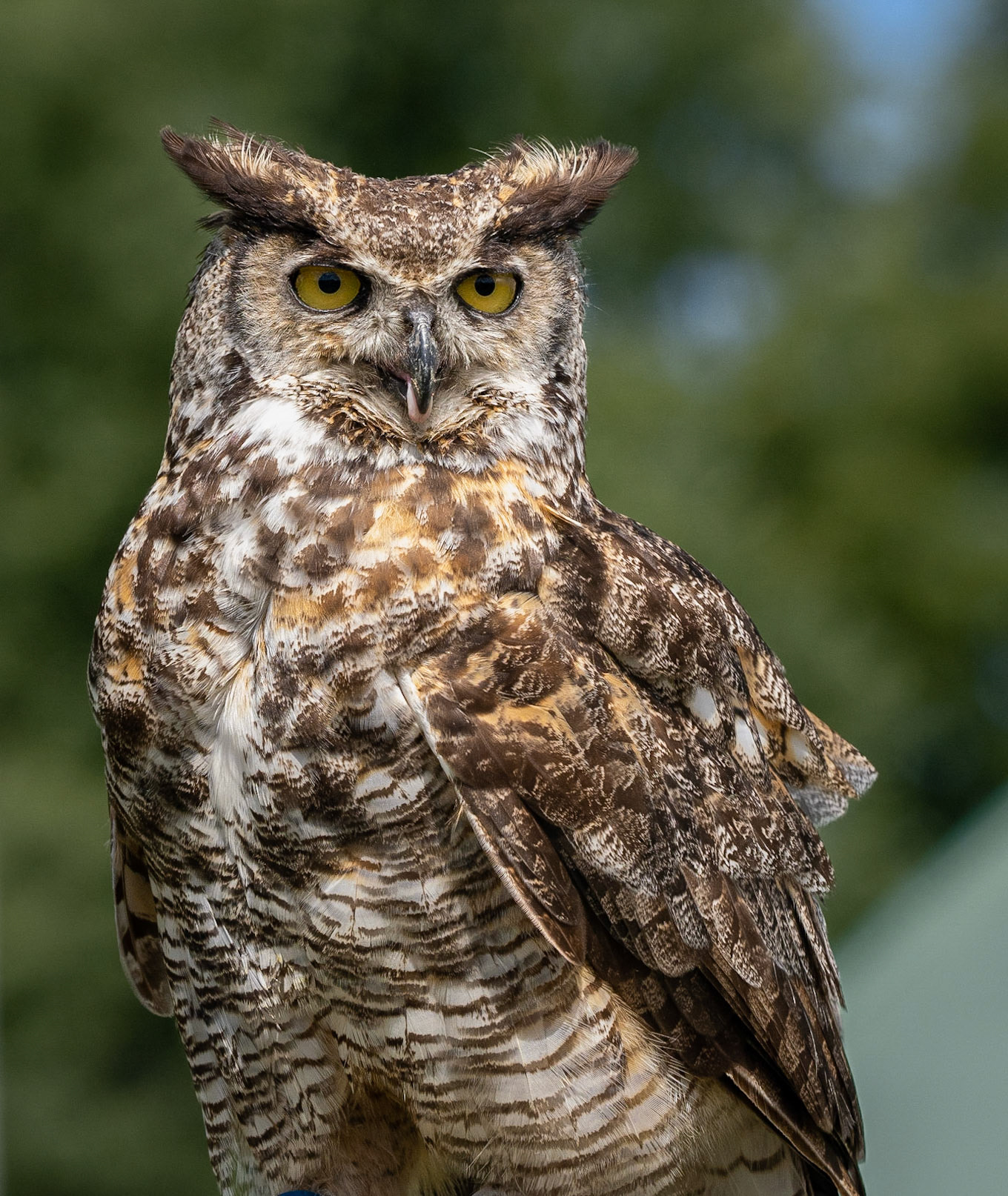
Great horned owl
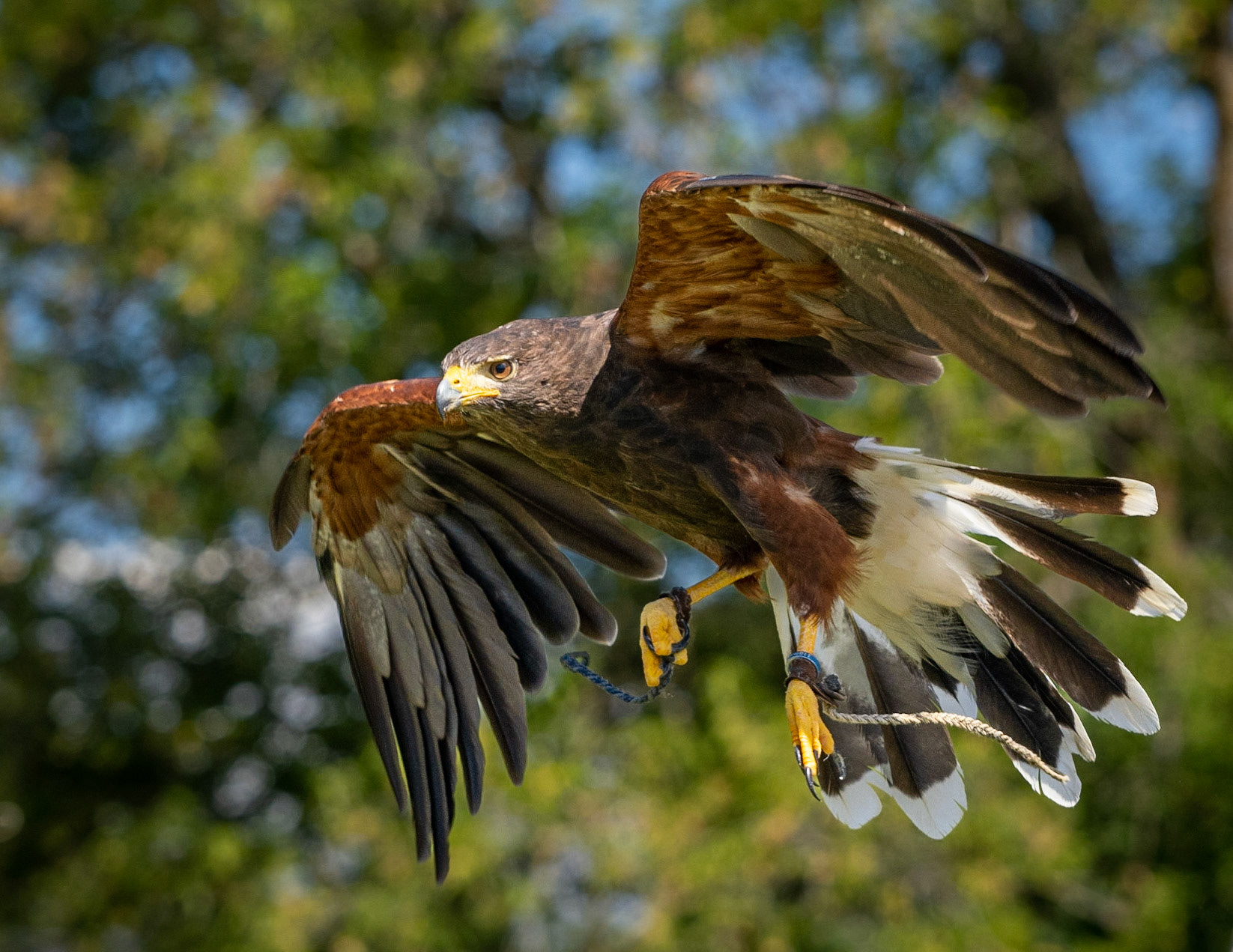
Harris hawk
The wood ducks at Mud Lake have been in full molt for well over a month, the adult males at quick glance look the same as the juvenile males. But the adults' eyes are red, vs the juveniles' being black (but starting to show some red). The beaks of the adults have colour unlike the juvenile's.
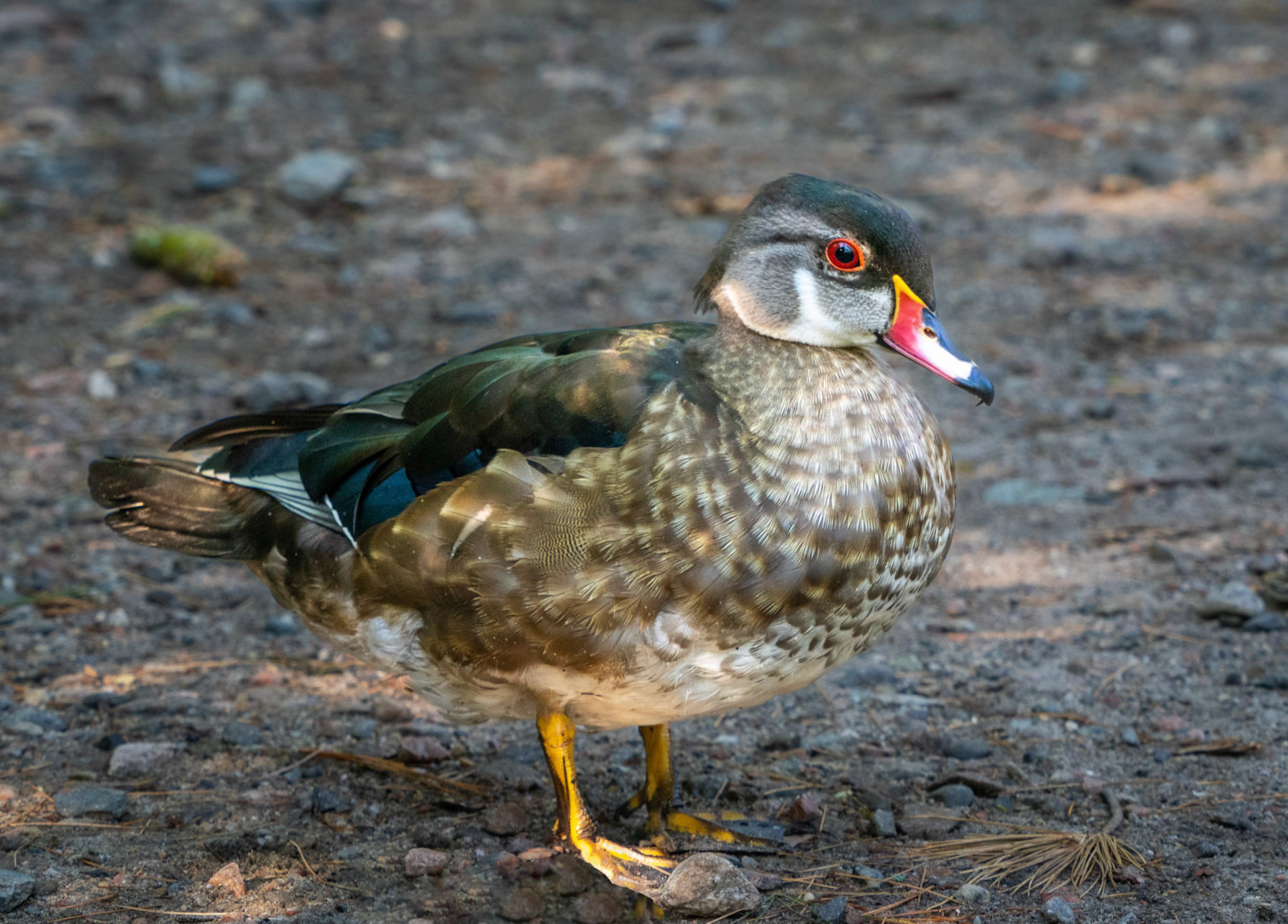
adult male
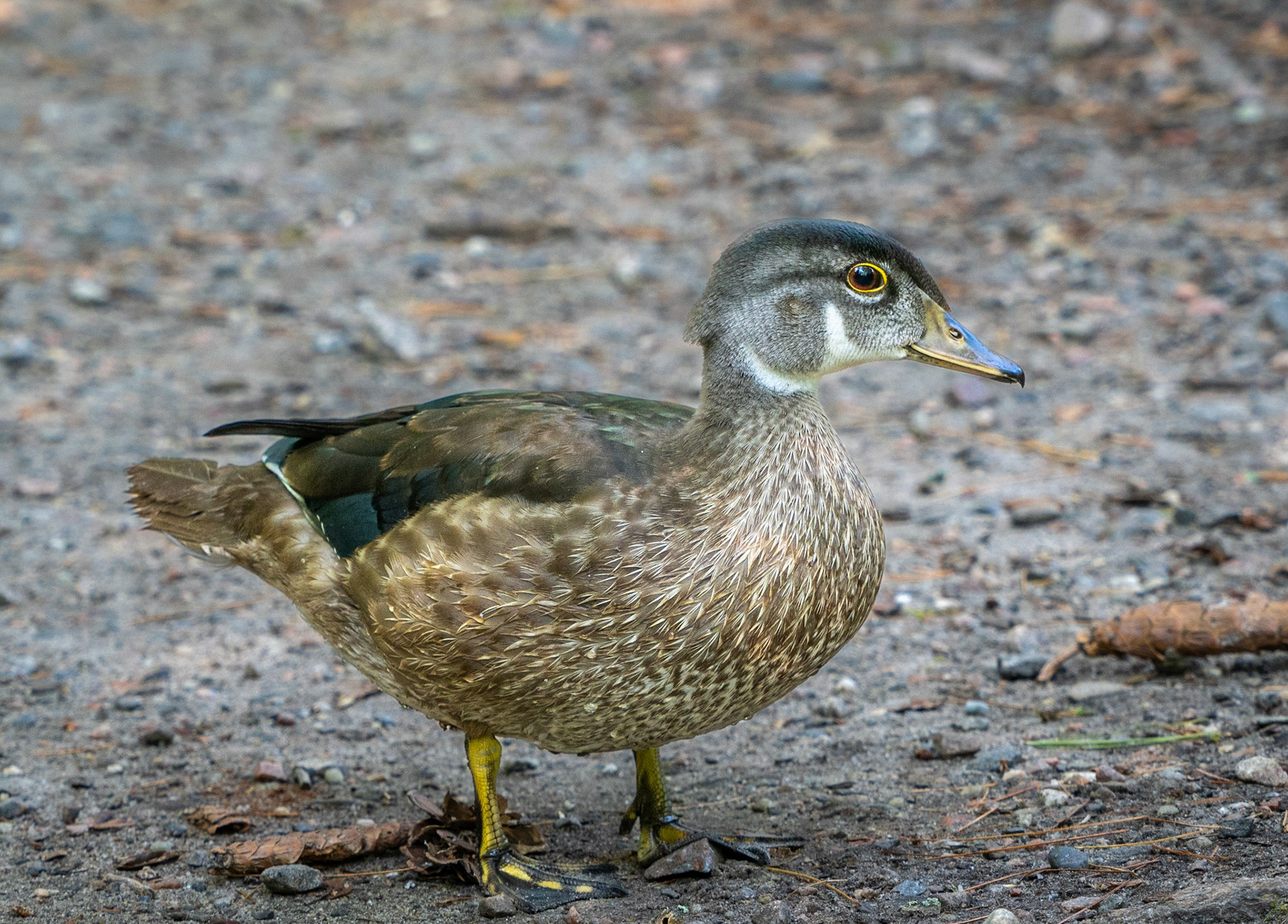
juvenile male
A male was hiding back in the grass, but some light caught it's face.

About a week later nature had been at work and some were in the early stages of getting their new feathers, with one or two almost back to full regalia.

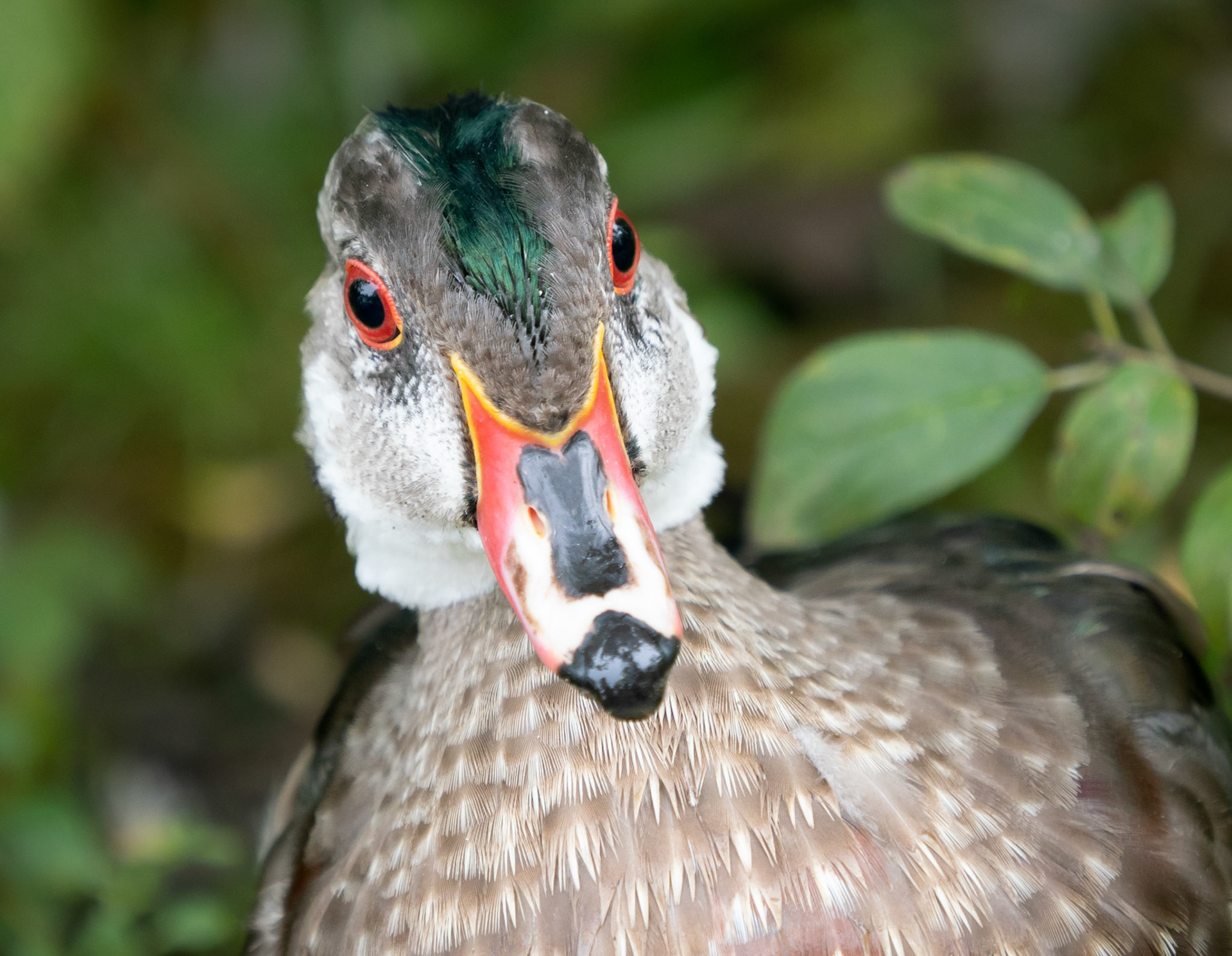

Thanks to another photographer, we managed to spot, high up in a broken tree trunk, two members of a family of raccoons waking up (or at least moving about a little).
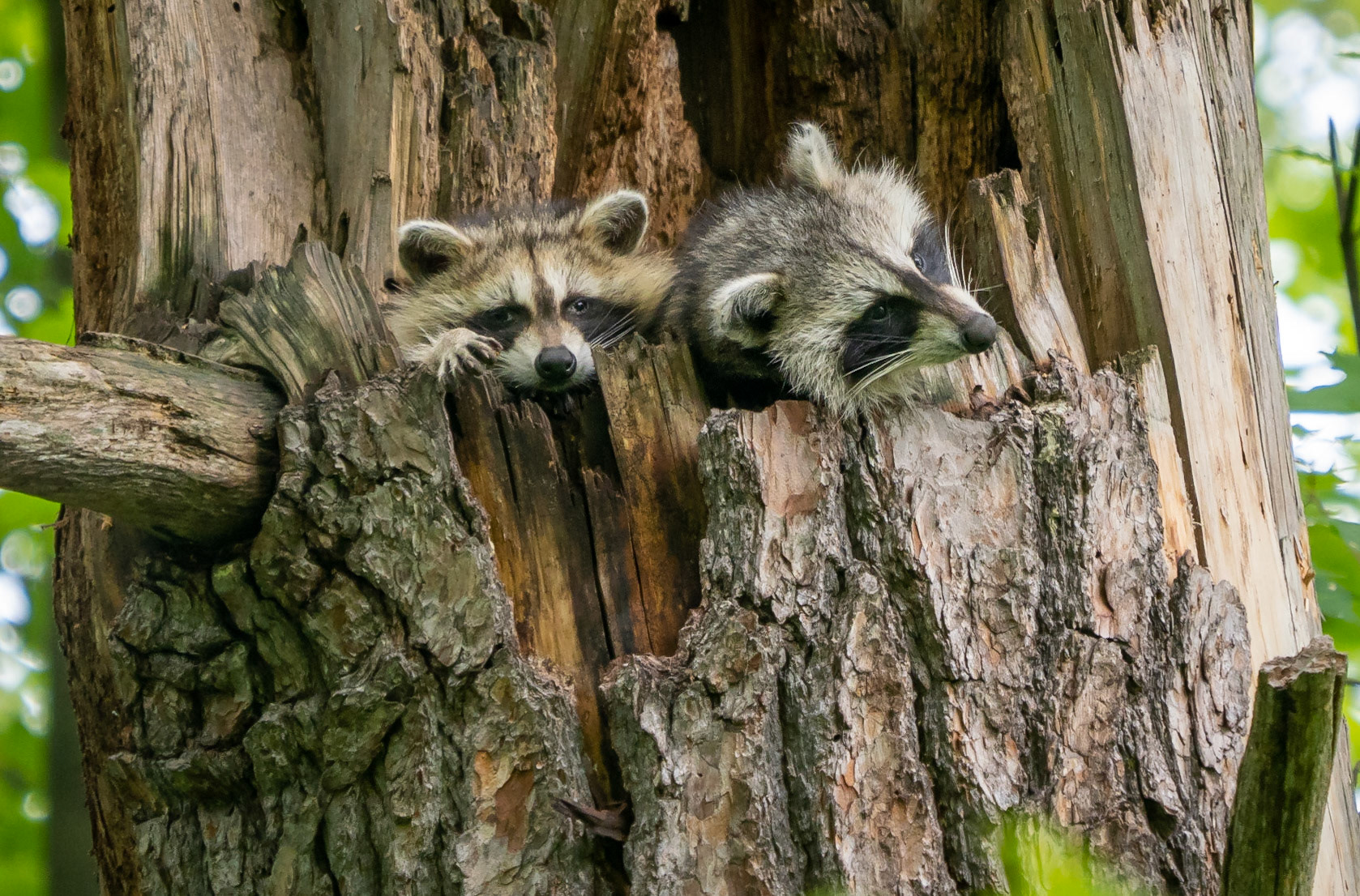
And talking about molting, blue jays don't look as attractive when their head feathers molt all at the same time.
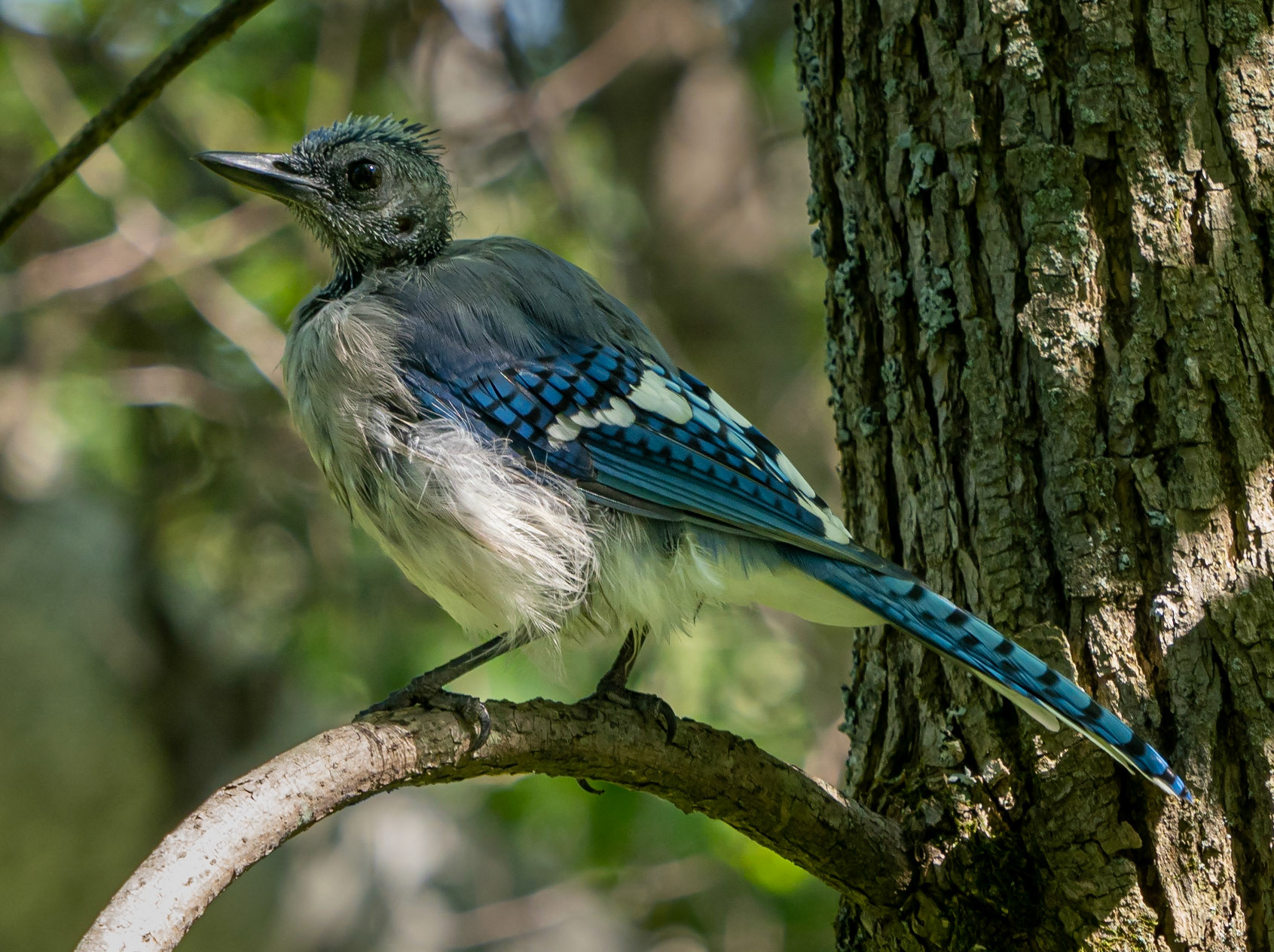
At Parc Omega, some of the animals were watching us closely.
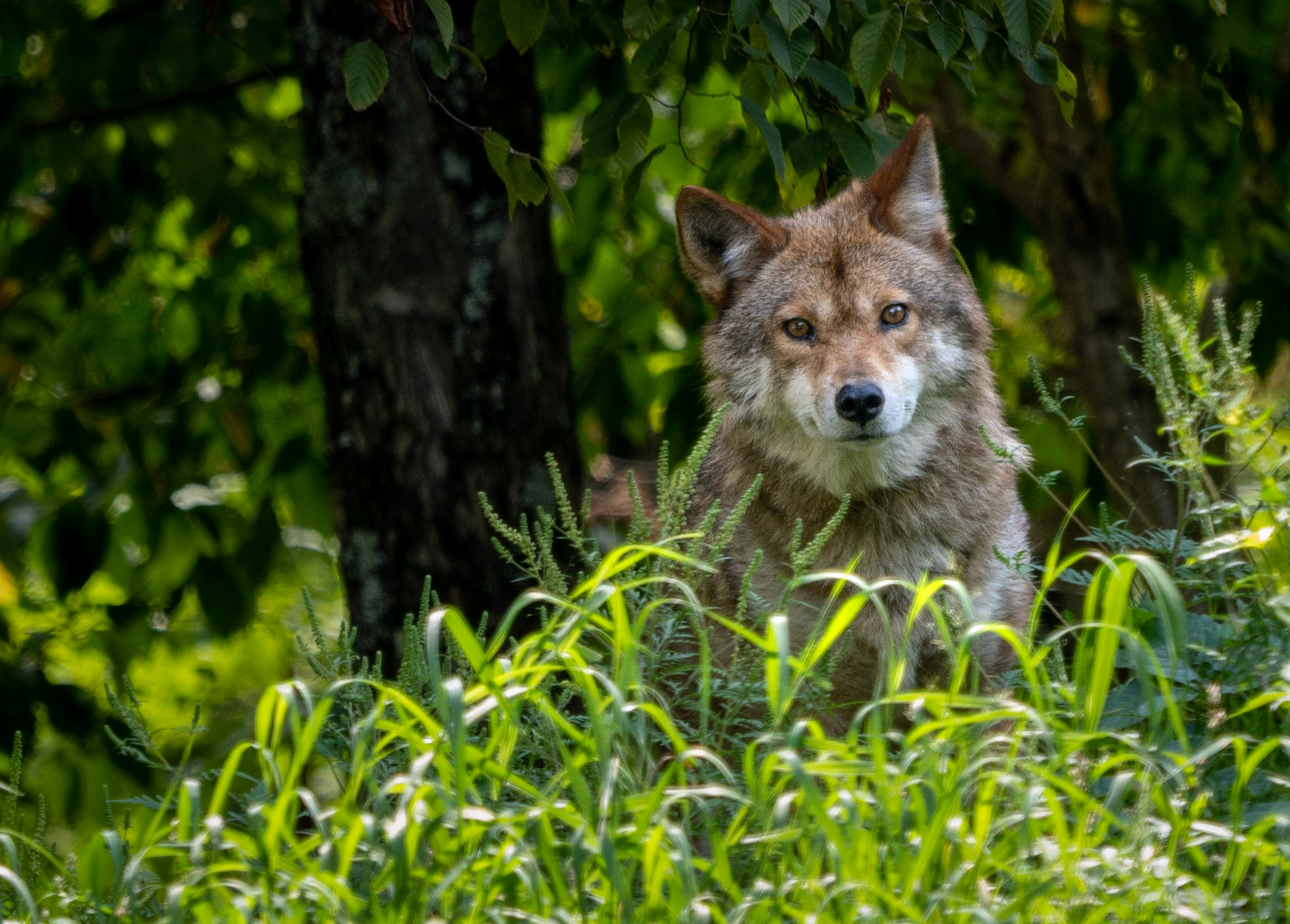
Coyote
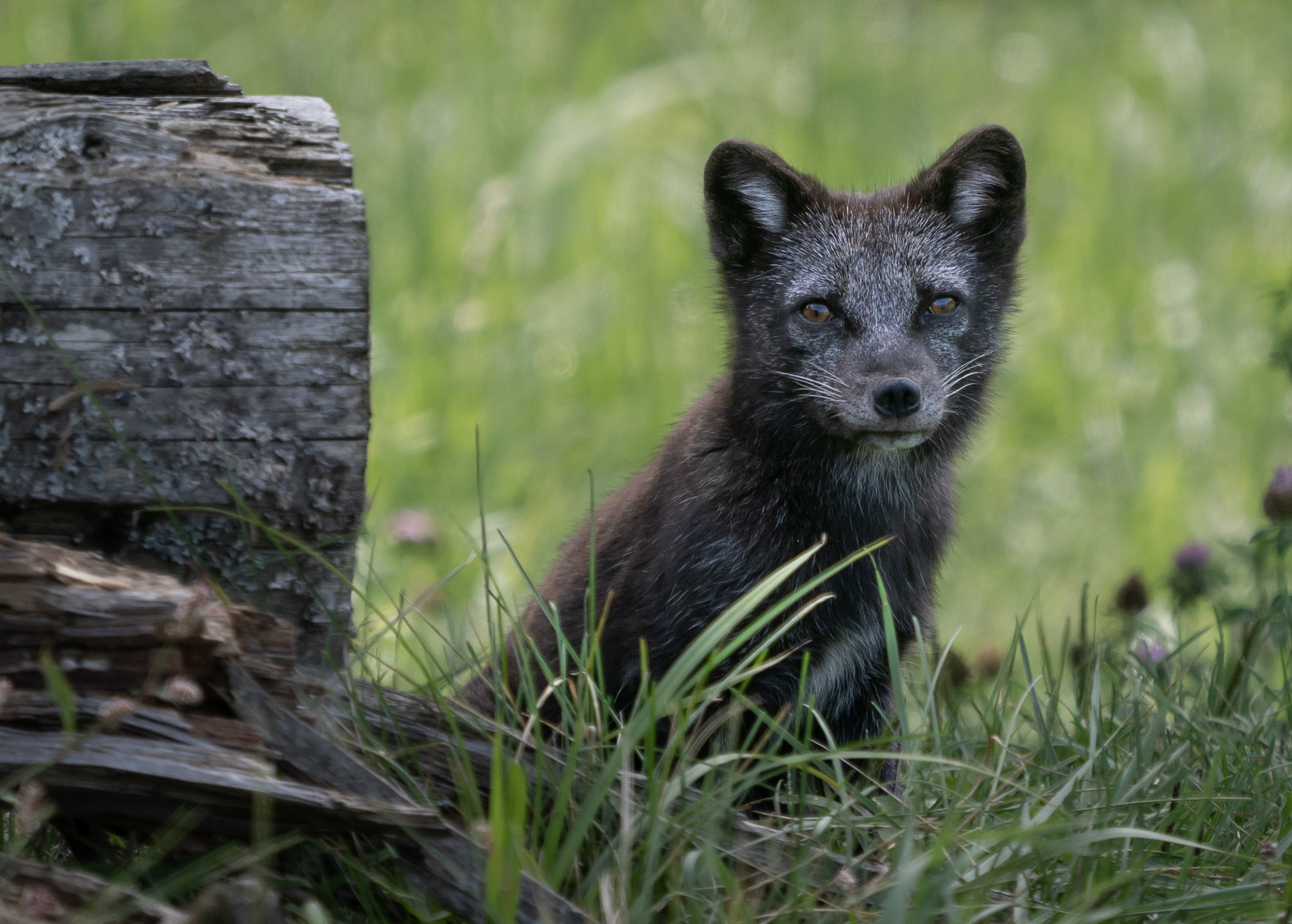
Arctic fox cub

Raccoon
One red squirrel was too busy eating to worry about us, while a second one, more timid, played peek-a-boo.

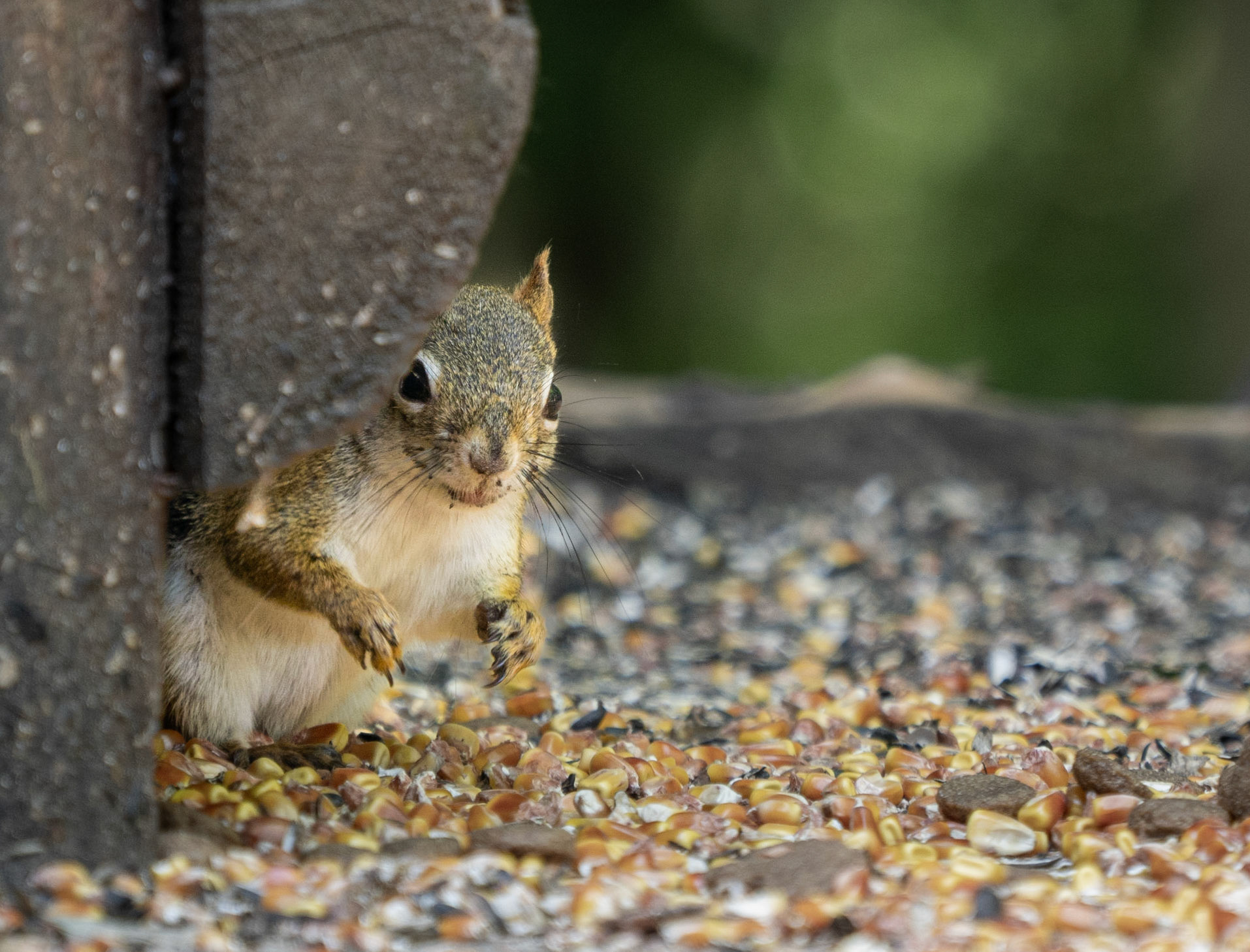
As fall approaches, the velvet covering the elk and deer antlers starts to come off. It comes off quickly for them, but the male caribou seems to be a different story.
As seen in the video clip below, we noticed a caribou thrashing around behind some tall grass. The velvet was coming off, but the antlers were quite bloody as seen in the picture on the right taken from the video.

elk with velvet hanging from its antlers
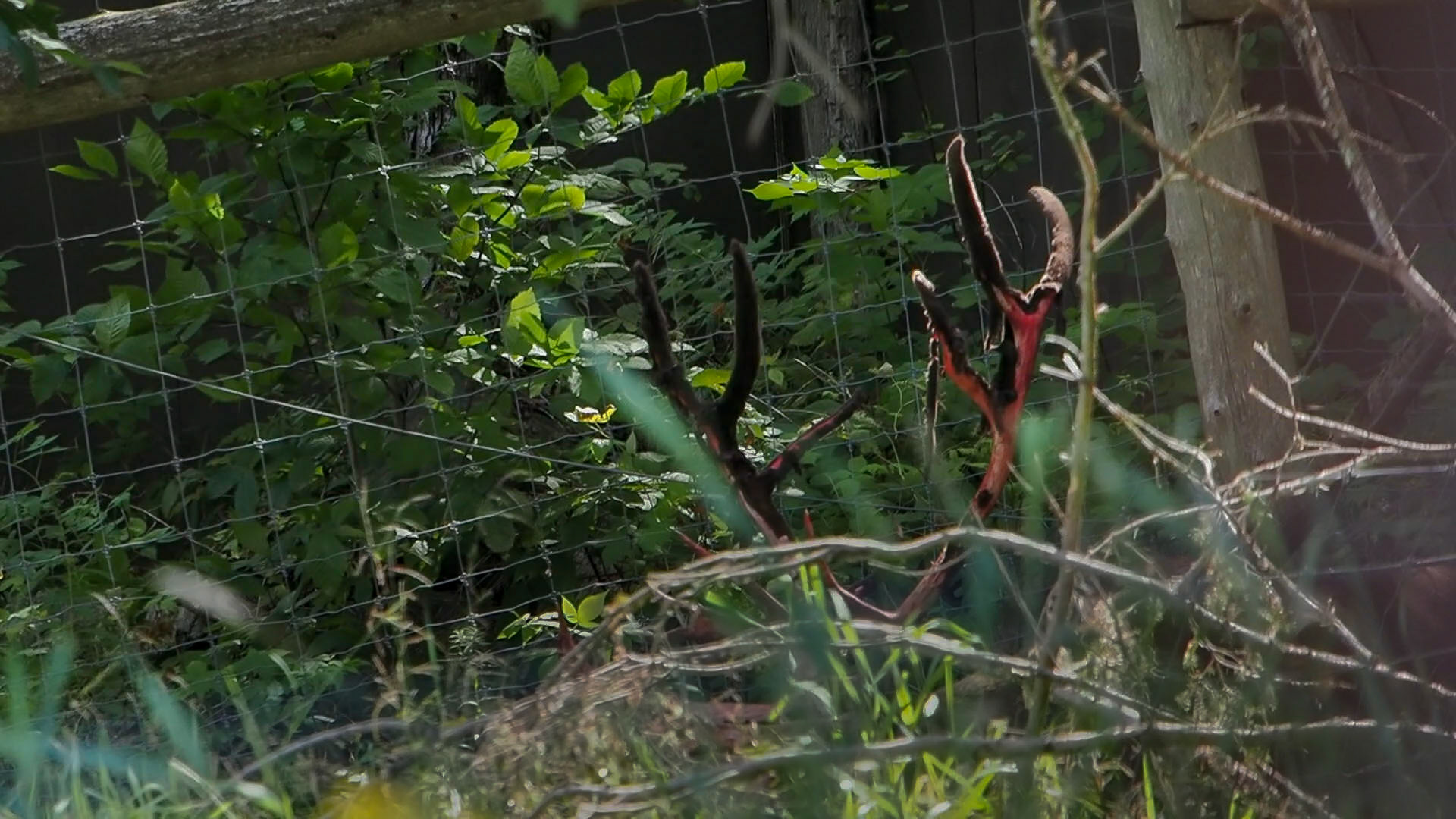
caribou with velvet starting to come off bloody antlers
I asked one of the Parc staff what was going on, their explanation:
The Caribou in the video is in fact scrubbing off his velvet! Not only must it be itchy, but the raw part of the velvet attracts flies which then lay eggs on them. We have problems with the caribous almost every year where we must sedate them to remove maggots from the base of their antlers if they don’t clean off the velvet fast enough. For some reason this only happens with caribou males. The females lose their velvet later, so it is pretty much dry of blood when they scratch it off. All other cervids scratch it off within a few hours. While for caribou males it can be two or three days before it is all clean and dry giving flies time to lay eggs. In wild population they live where it is a bit colder, and they don’t have this kind of fly. (The metallic green ones!)
Some of the elk have enormous antlers, but they don't always grow symmetrically . These antlers were still covered in velvet.
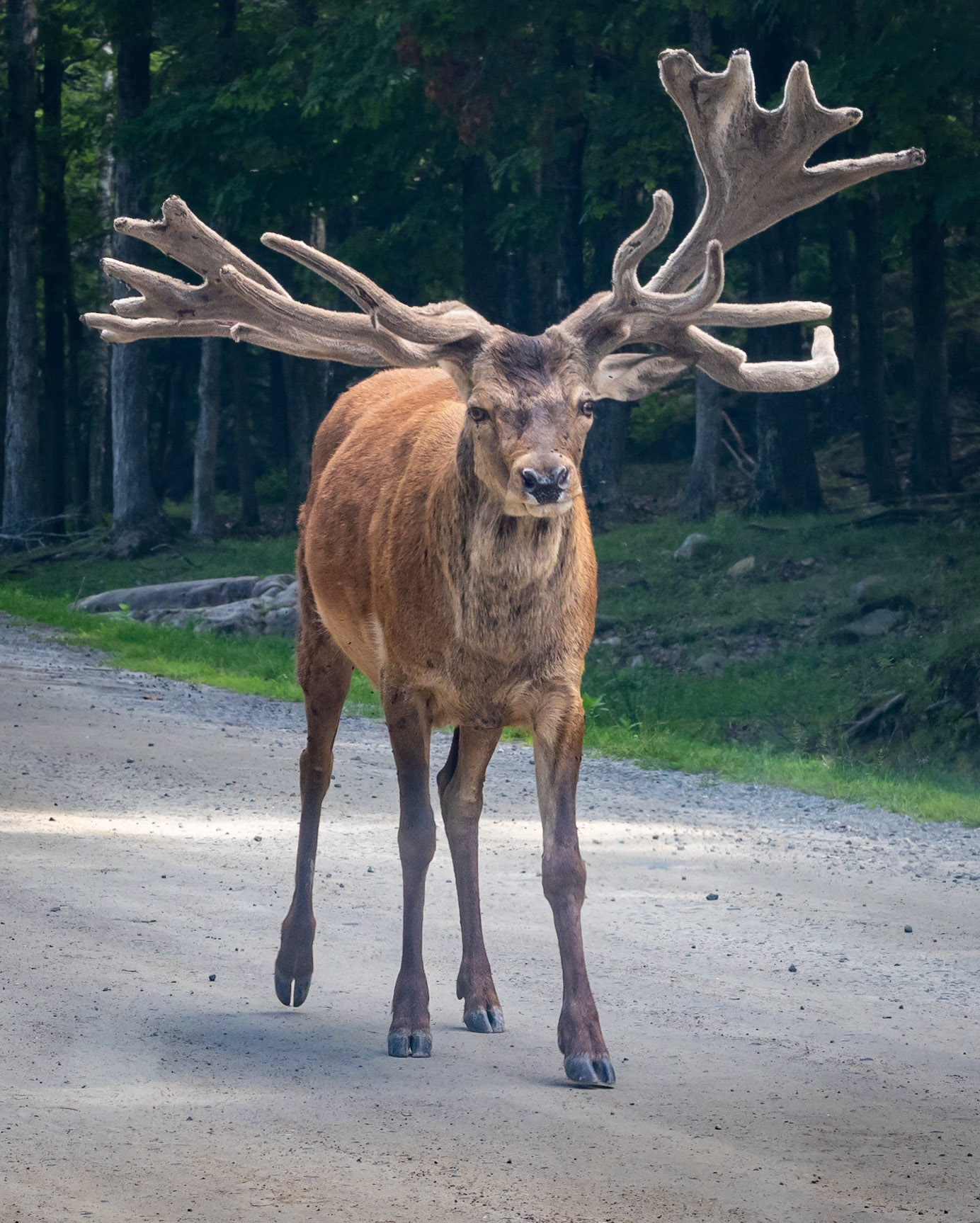
I guess I don't notice it very often, but the webbing in this bull frog's back feet certainly caught my eye. As did a leopard frog seeking the shade of a lily pad on a very hot day.

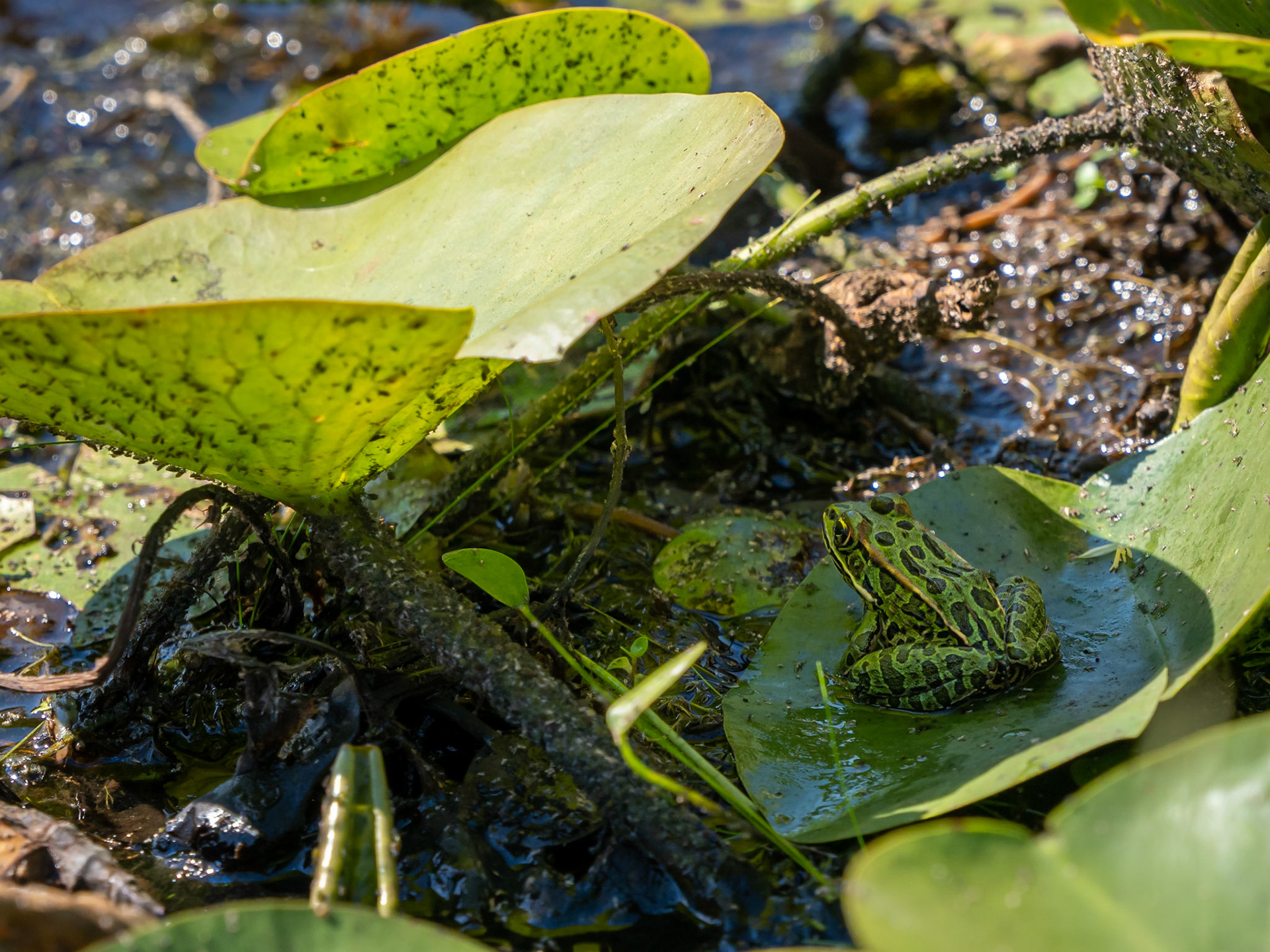
Not a very exciting video clip, but while walking a boardwalk (where the leopard frog was) we noticed small tadpoles zipping about.
Some flowers that caught my eye. The size of some of the plants in the garden on King Edward St near U of O, made me think we were in a tropical rain forest/jungle.
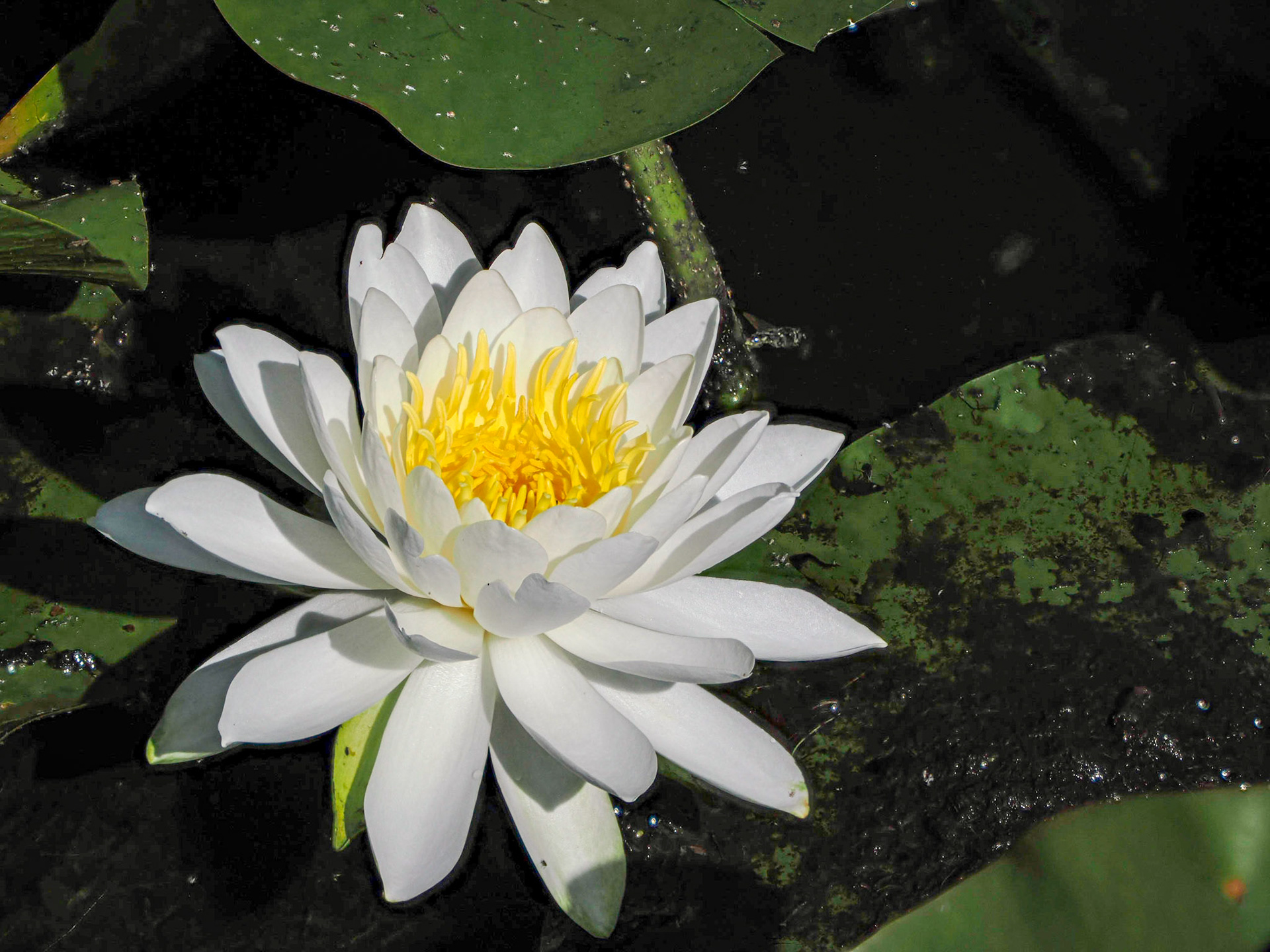
waterlily

sunflower (too many like these to put a variety name to them)

We dropped by a sunflower field...

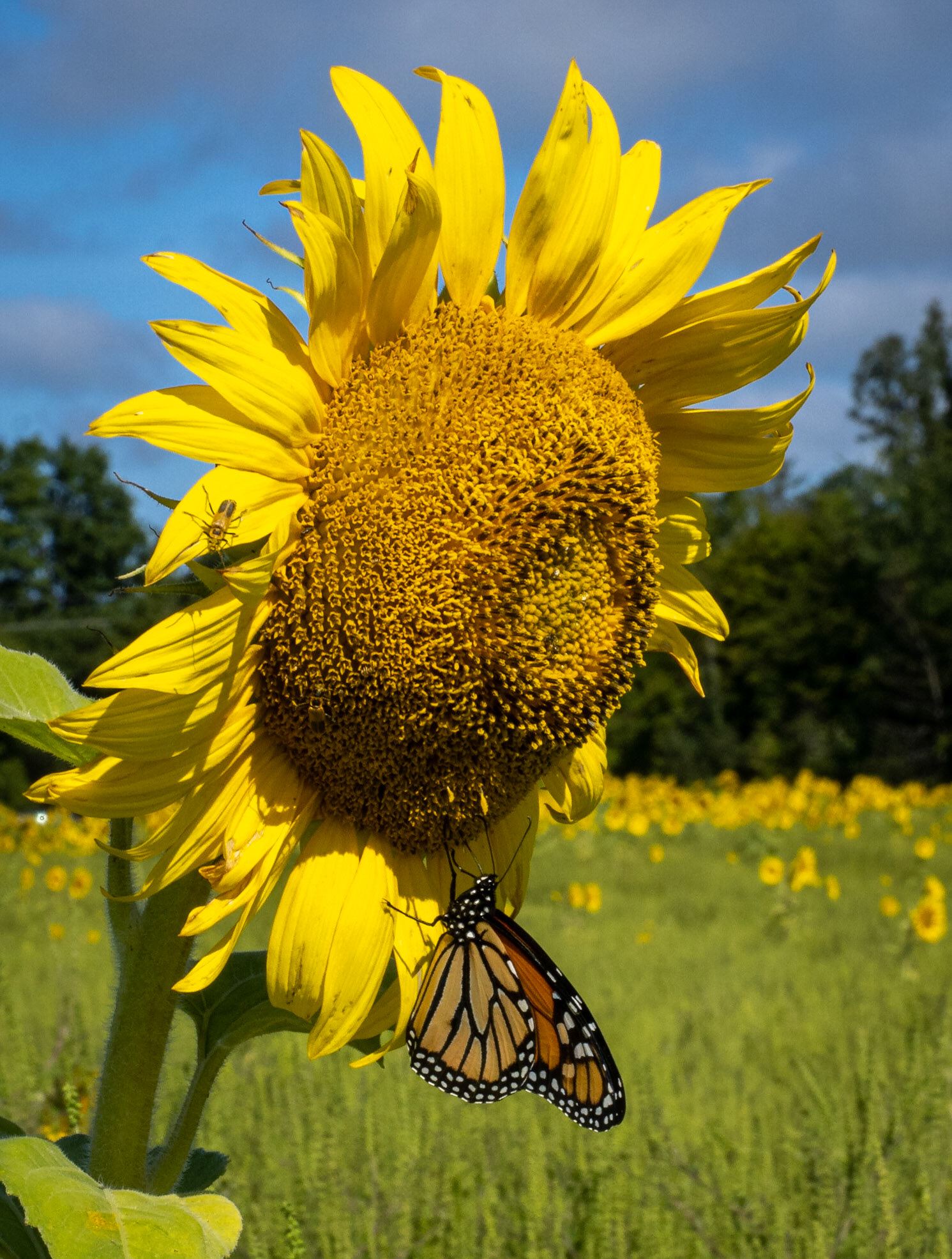
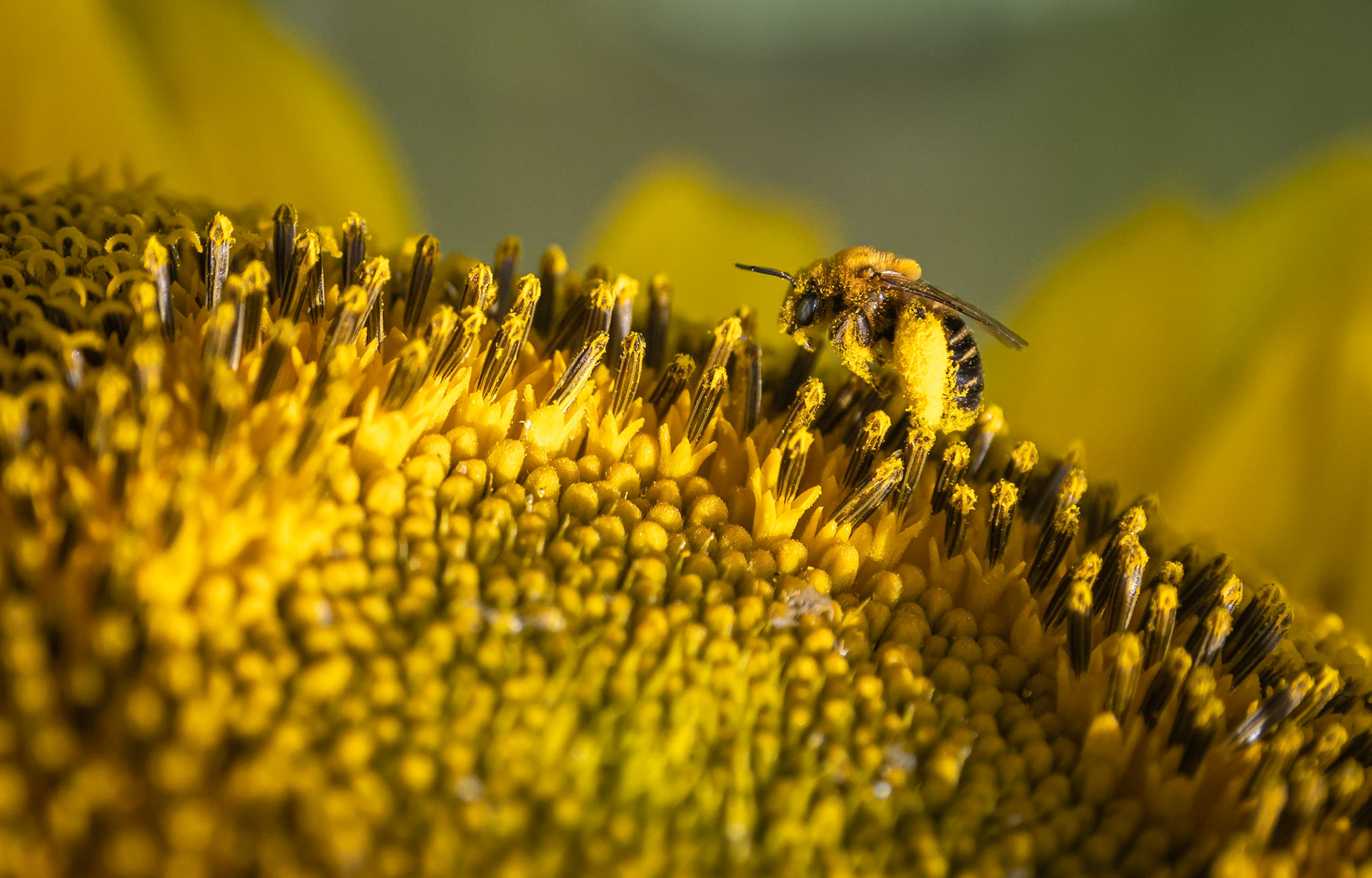
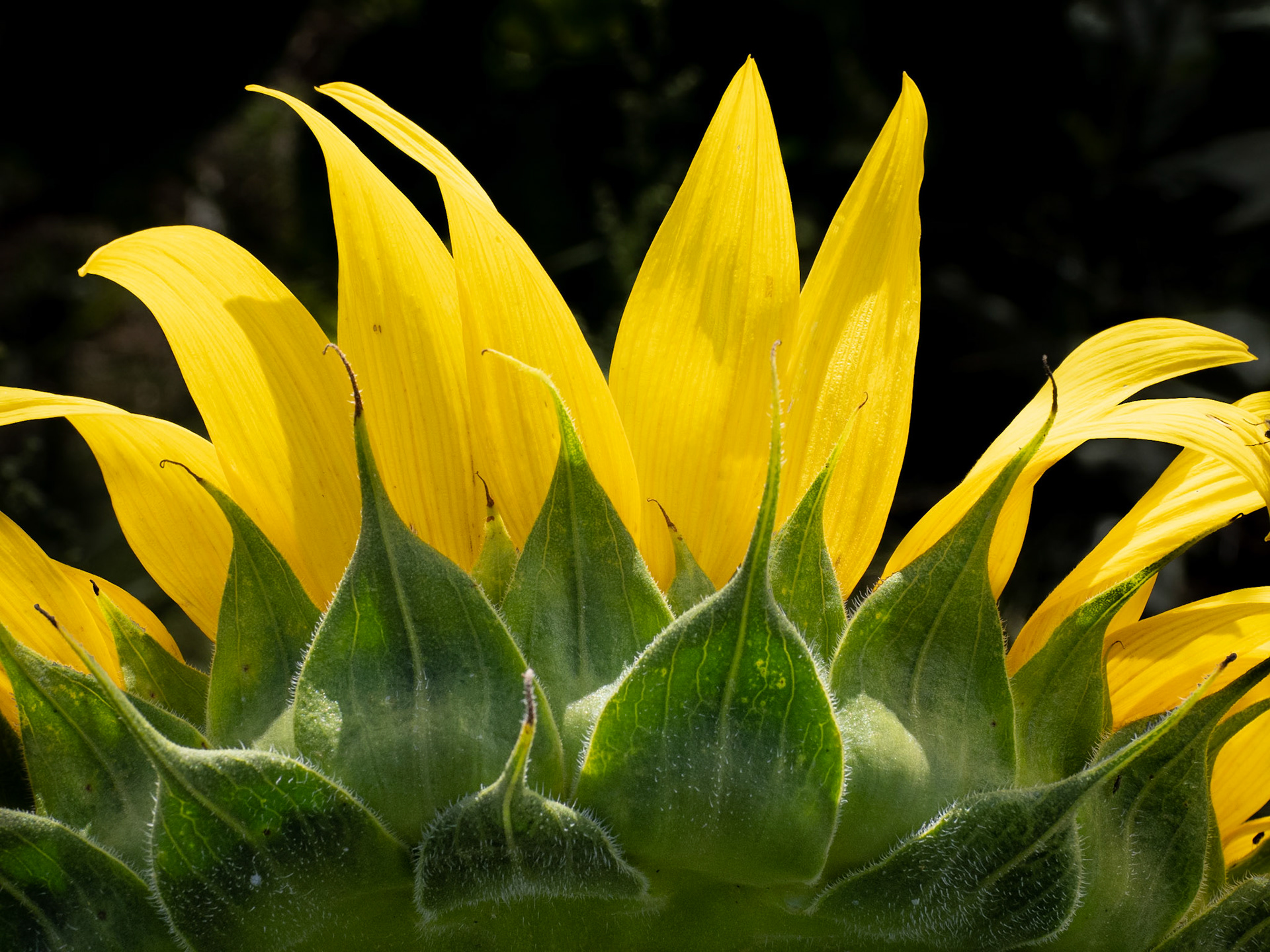
Little Ray's Reptiles had a touch and feel session at a local festival in Arnprior.
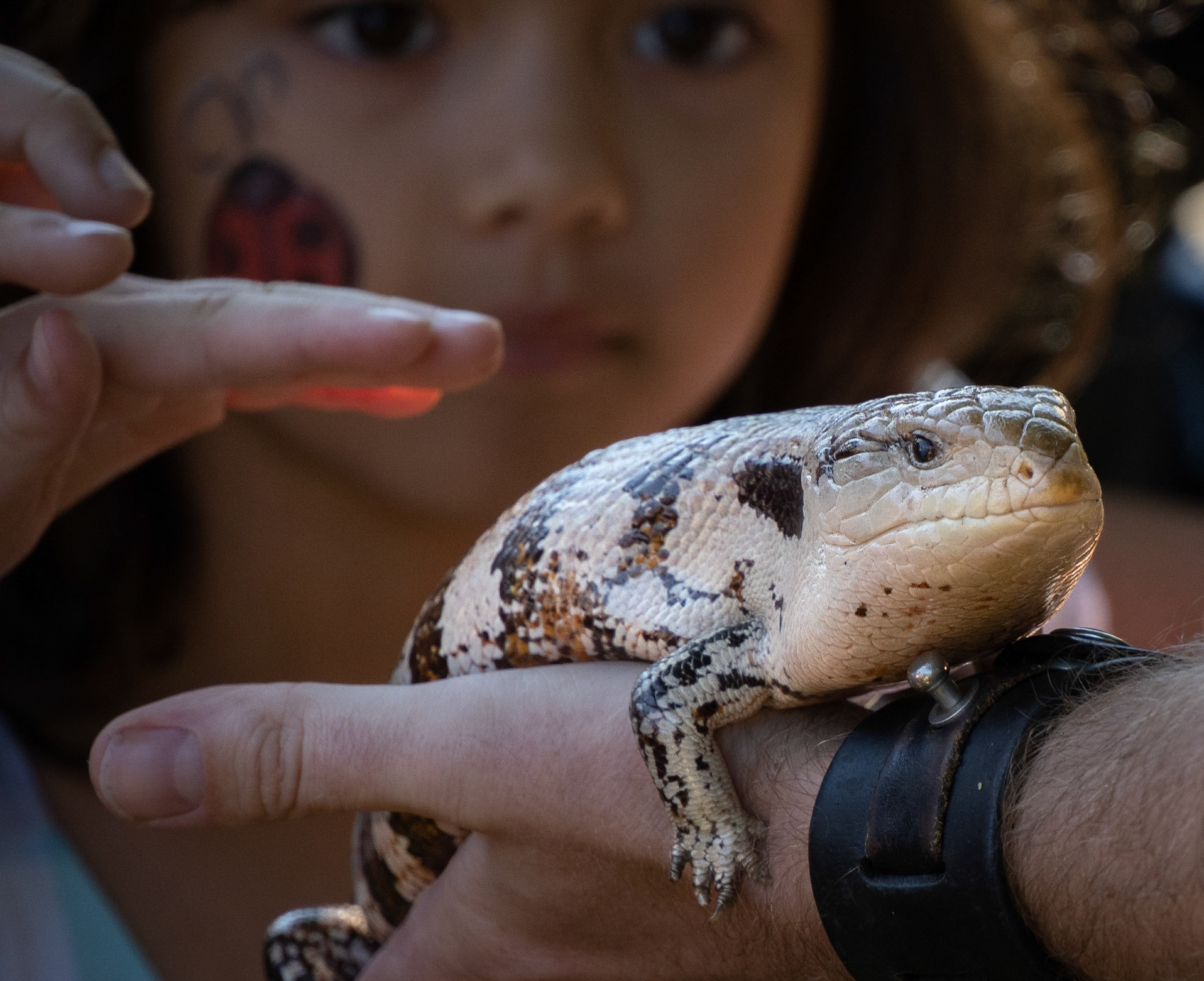
Blue tongue skink
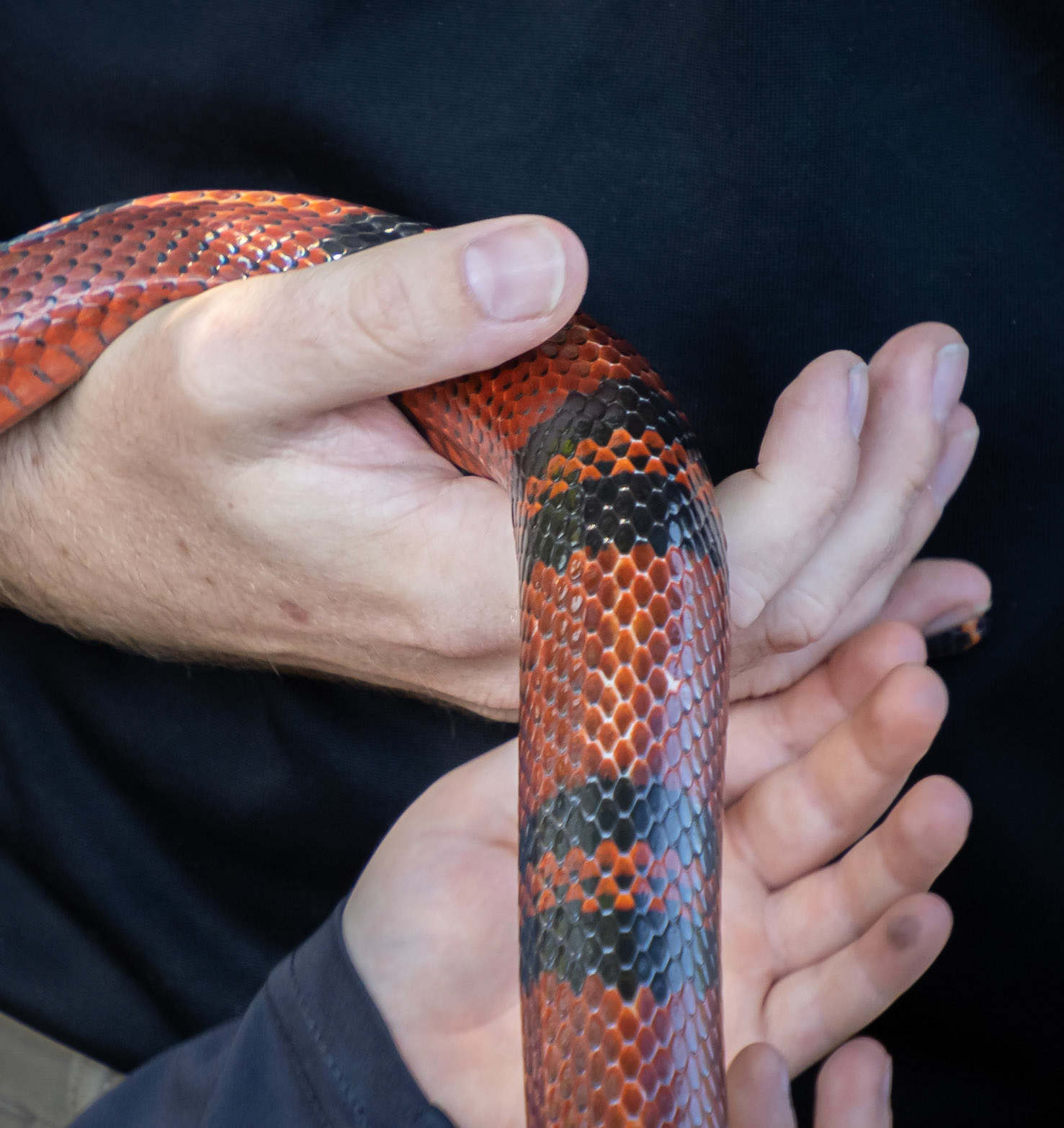
Honduras milk snake
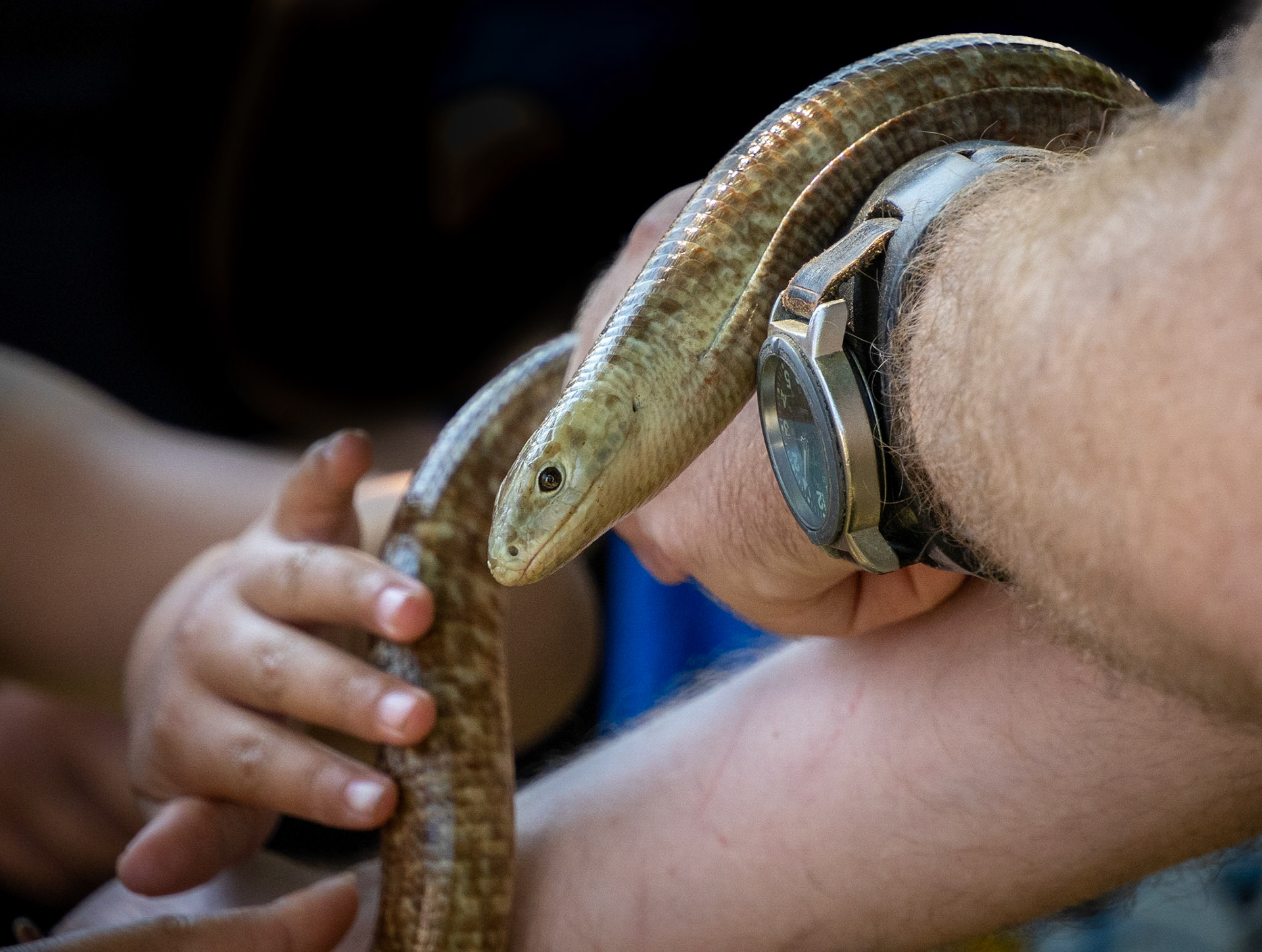
European legless lizard
